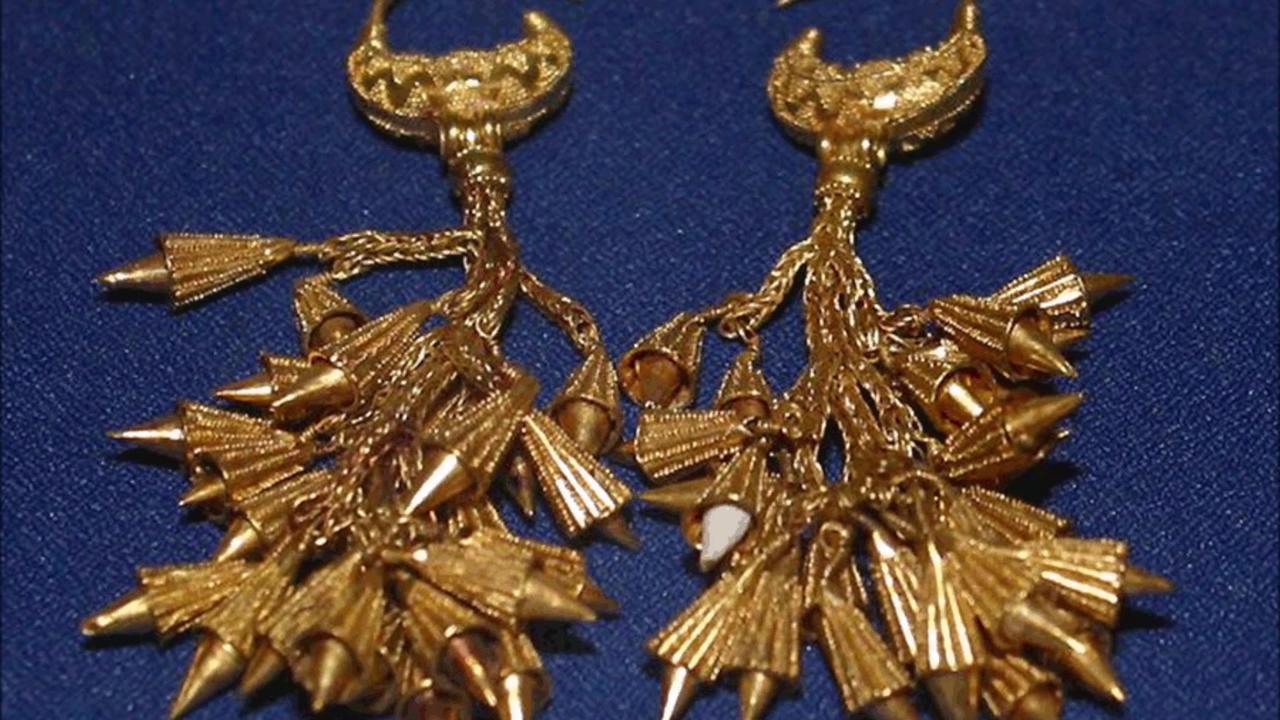
It really shifted the comprehension we have had of who these Assyrians where, I mean, when you look at the writings on the walls and bas-reliefs from Nineveh and Nimrud, you also look at some of the parallel accounts from the bible.
This is all about the portrait on a people who are extraordinary ferocious and orientated toward war and dominants, it is a real cultural maxima.
But with these objects, you suddenly go "Wait a minute?" there are clearly an aesthetic dimension to the lived lives of these people.
Which has escaped the historical accounts!
Which is more about implying and demonstrating the bravado and macho of these people, propagandist sort of accounts that we have today, it require the refitting of our expectation of the nature of the Assyrian Culture, also very importantly it dose something that very, very happen in the ancient world, which is it provide us a window into the life of the women, now admittedly these are women of exceptional power, but nevertheless they're women, as we know all too often the history of the ancient world very much is told by male centered vision, (but) here we're looking at the material remains of very powerful women not the remains of powerful men, and there is something very refreshing about it: -
